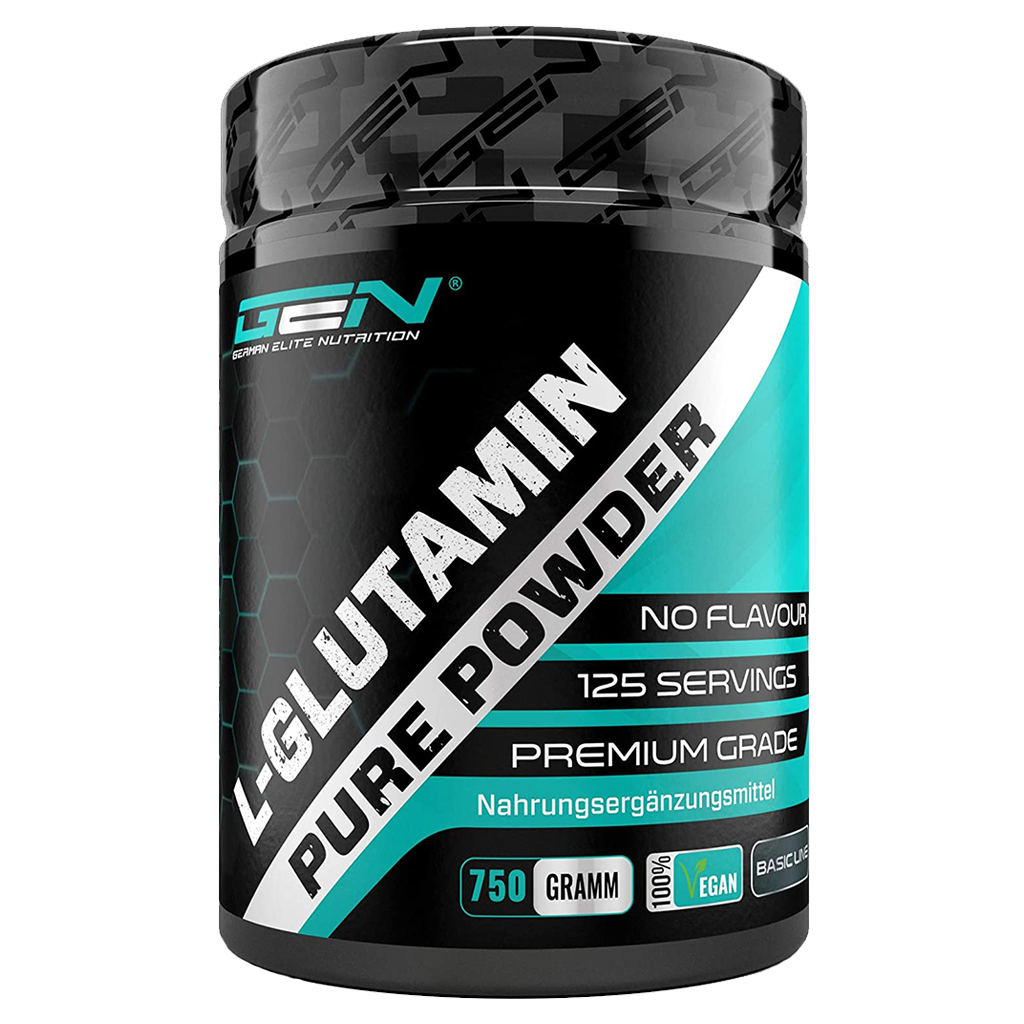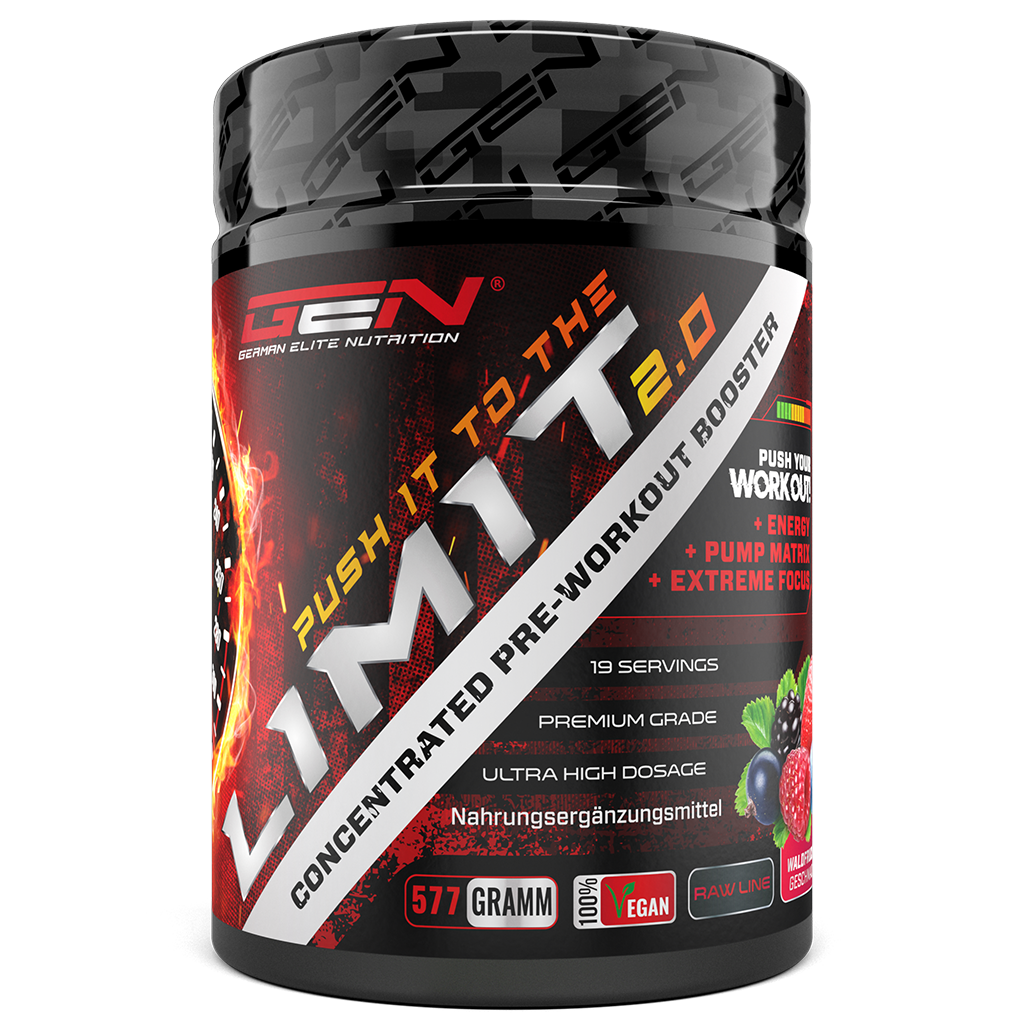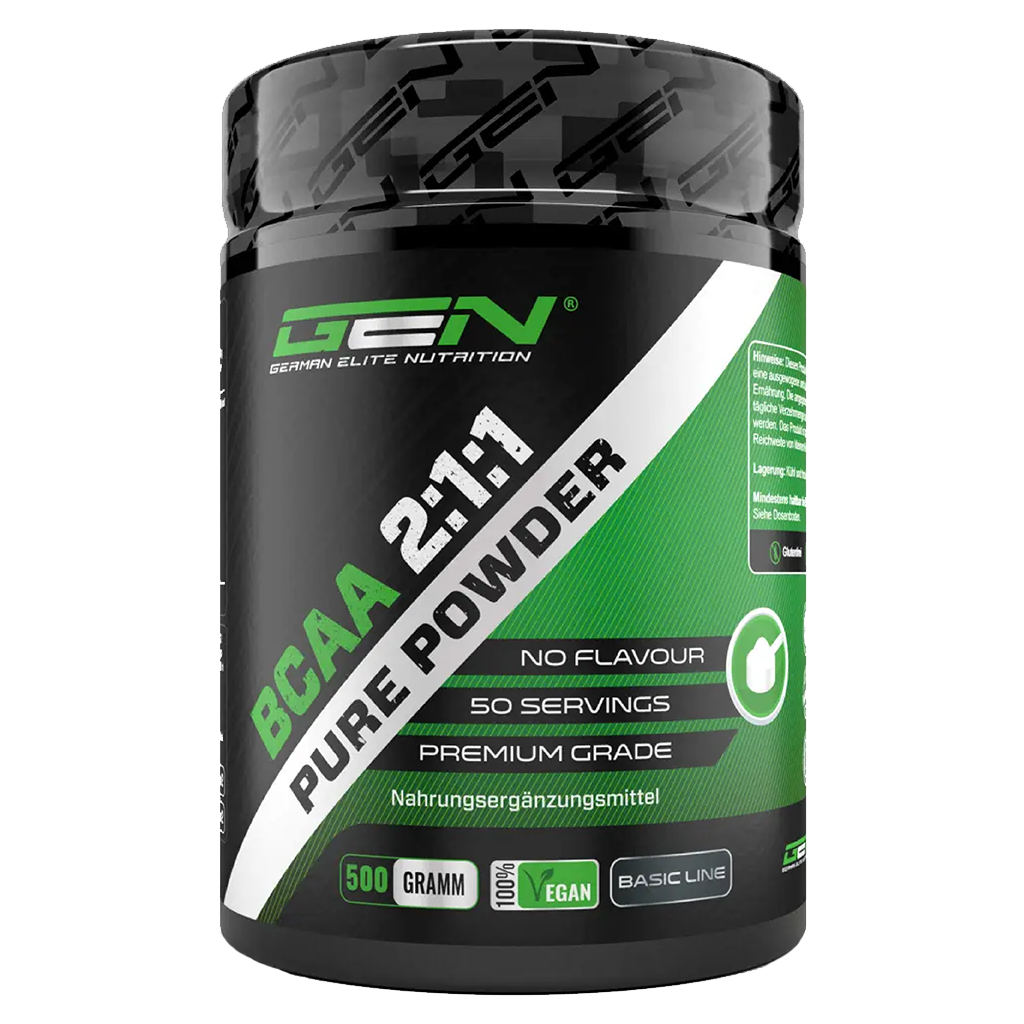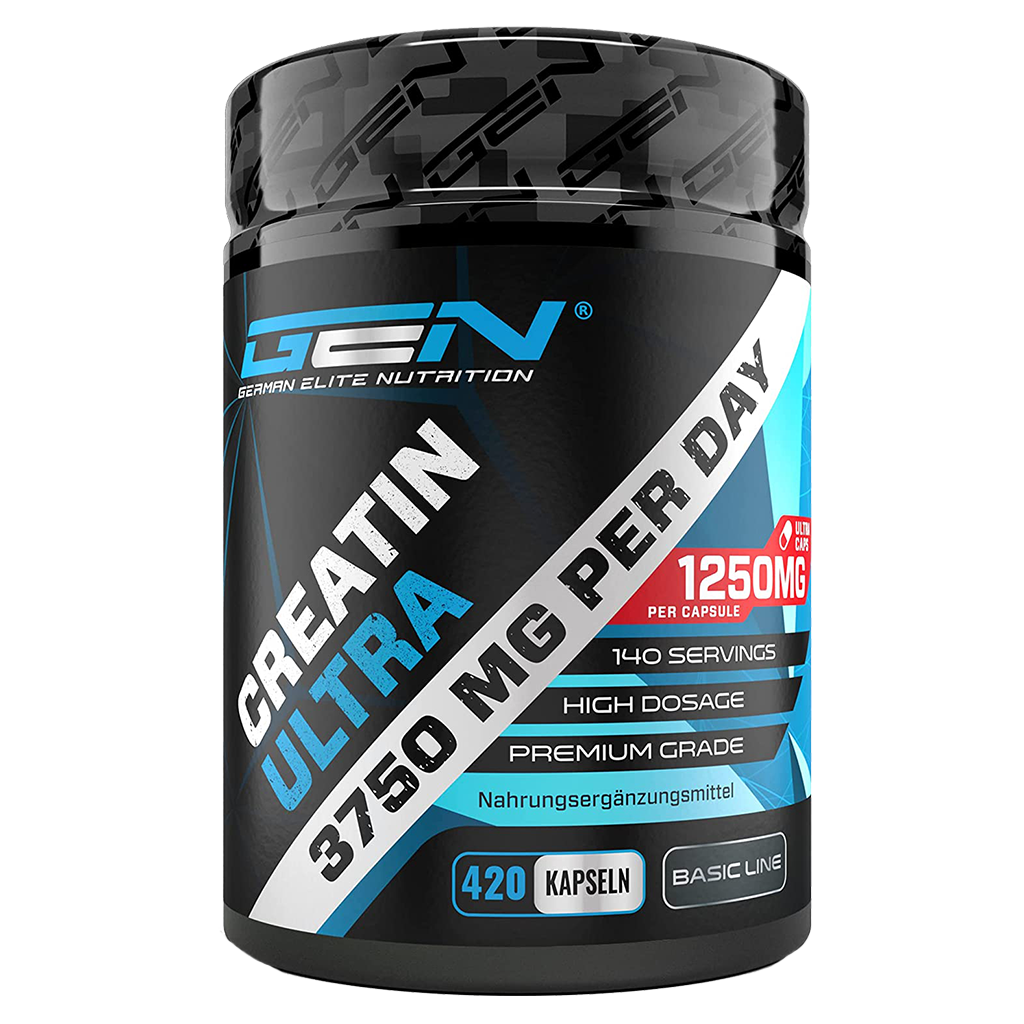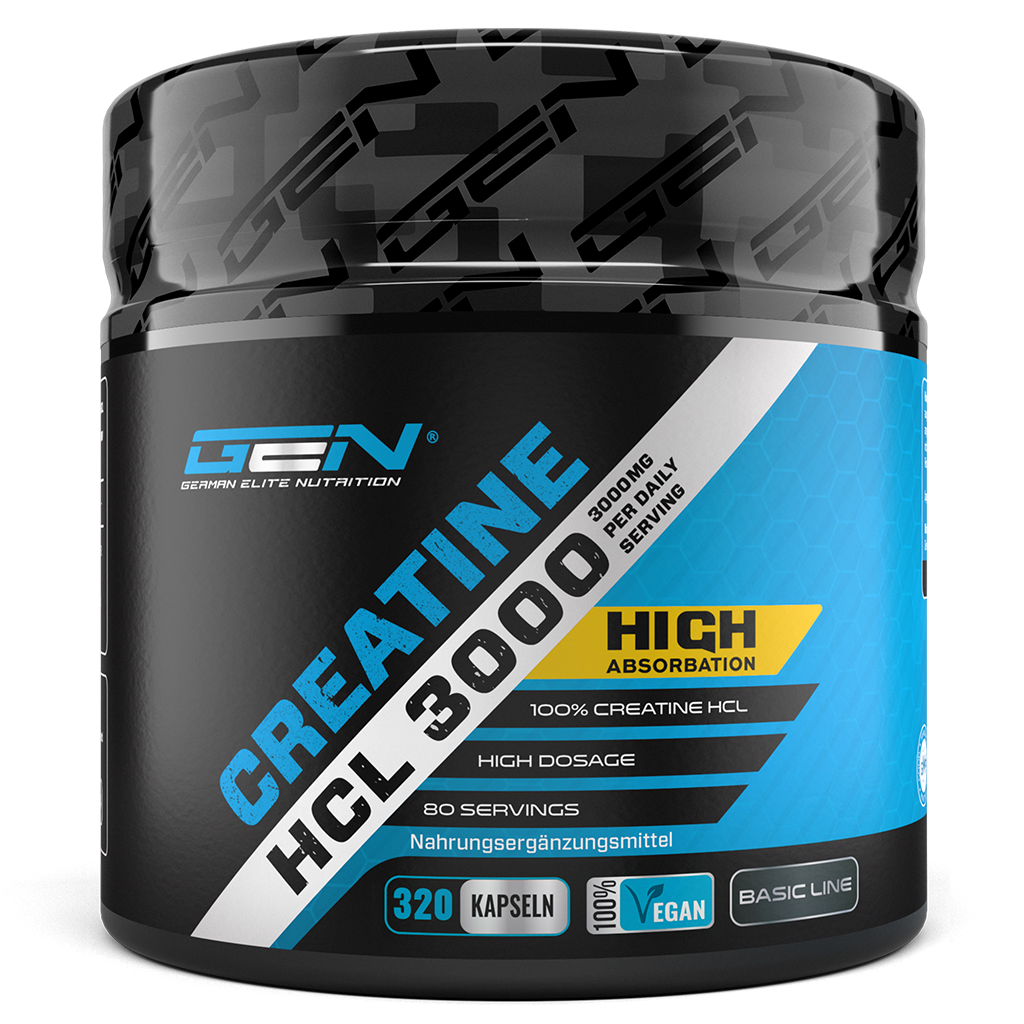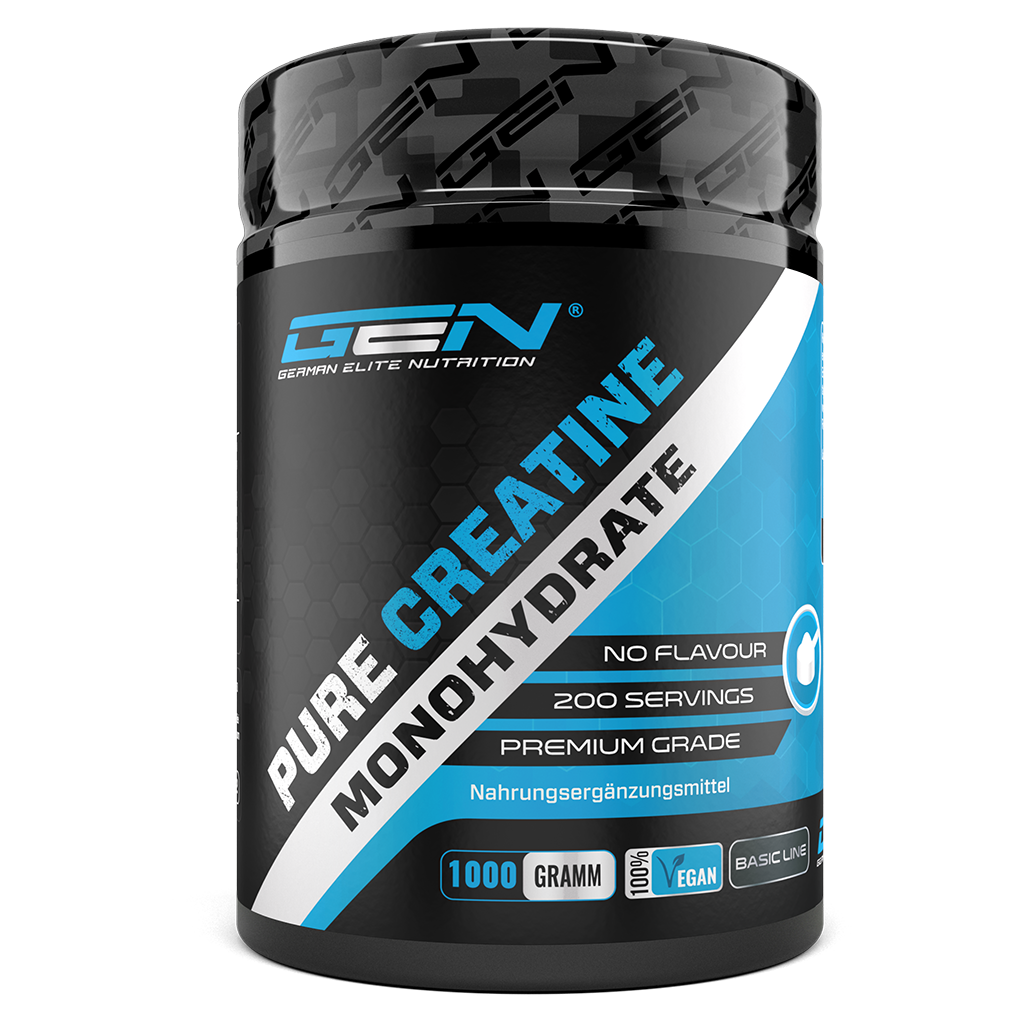How the muscle memory effect works
Cell nuclei of the musculature - Increased stocks
Through regular and constant training with weights, growth stimuli are set in the muscle. The muscle is signaled that the previous strength is no longer sufficient, whereupon small tears develop in the muscle tissue: the all-familiar muscle soreness. To "repair" or "fill" these tears, the muscle cell doubles in size during the regeneration phase, which in turn leads to more volume being built up. This is called muscle growth.
Neurophysiology - the learned movement sequences
Epigenetic modification of the DNA
How long does muscle memory last?
How long does it take to rebuild lost muscle mass?
The prerequisite is, of course, a proper diet and regular training. Booster are especially suitable for the re-entry and give you the necessary push.
How do I start strength training after a break from training?
After your fitness abstinence, it is very important not to start training at full throttle. Even if it's hard, you shouldn't give 100% right away, but slow down a bit to get back into the swing of things. For the first 2-4 weeks, we recommend a full-body workout with a little less weight and a little more repetitions. This makes it easier for you to get started, protects your joints and minimizes the risk of injury. Your body can then get used to the movement sequences and the load more easily and ultimately also regenerate better. Ideally you support your body right from the start with good fitness supplementslike Booster, Glutamine or EAA so that the re-entry is as effective as possible.
Should I train with sore muscles?
Probably after the first training sessions you will have quite a lot of muscle soreness and ask yourself if you can train with muscle soreness. The answer is clearly: No. At least you should not train the muscles that are affected by muscle soreness. Especially after a longer break, there is a risk that the already stressed muscles will be overstimulated. This can not infrequently lead to strains when the strain is renewed. Effective muscle building always requires a regeneration phase to be observed. Even though it is commendable that you do not want to let the training slide despite muscle soreness, you should always remember that muscle soreness is an indication that your muscle is working.
Conclusion
Getting back into strength training takes effort. But with the Muscle Memory Effect, high-quality nutritional supplements and discipline you will not only quickly regain your old form, but even improve it!
Source
- https://link.springer.com/article/10.1007/s40279-019-01070-4
- https://journals.physiology.org/doi/full/10.1152/ajpendo.00747.2007
- https://doi.org/10.1038/s41598-018-37895-8

